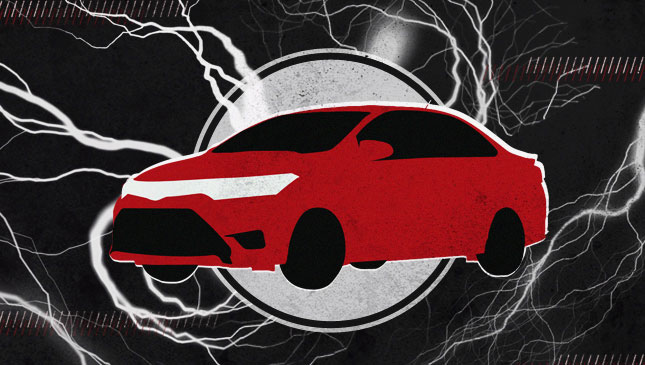
Sir, is having strong static electricity in your car safe? I experience it every time I use my new Toyota Vios. The voltage is about five times more than that of a normal Cricket lighter. I hope you can help me. Thanks.
Arnie Holloway
Hi, Arnie. The static electricity issue you're encountering is more common than you think. It's a common occurrence that happens to many people primarily outside of the tropics. It also tells me a few things about your car as well.
First, you have a fabric upholstery, or you may be using a fabric seat cover made up of synthetic nylons or similar non- or low-conductivity materials. Or you may have a seat cover that is velvet- or velour-like (multiple short-haired fibers like carpet but with much thinner and smaller strands).
Second, it also tells me your car's air-conditioning is in very good condition, and you like it set to almost the coldest temperature possible. You likely have a newer car, too.
Third, the fabrics in your everyday wardrobe also have a good amount of synthetic materials. Think polyester or moisture-wicking clothing, or synthetic fabric shorts and cargo pants. Take note that even socks have some percentage of synthetic material to give it that stretch. You quite likely wear rubber-soled shoes, too.
Here's what's happening.
People tend to forget that when the air-conditioning system is on, something else happens aside from the cabin getting cooled to below the ambient temperature. When you turn on the air-conditioner, it also removes moisture. How much moisture, you ask? I have no numbers to tell you, but it is a LOT. Enough that it dries the atmosphere inside the cabin to create a conducive environment for static electricity to build up as you sit comfortably on top of your plushy, soft velour seat cover or upholstery (assuming your car has it).
The minute but constant rubbing between the seat's surface and the synthetic content of your clothing as you go about driving through daily traffic, builds up a lot of static electricity. Much of that static electricity is transferred to you when you finally arrive at your destination and when you get out of your vehicle.
All that static electricity has to go somewhere, of course, and that's what's exactly happening as you close your door: The charge "jumps" from you to the metal door. There's a lengthier and more scientific explanation to that, and Mr. Google will refer you to sources that can explain it in more depth, if you know where to look.
To avoid or minimize getting shocked, I have the following suggestions:
* You can change your wardrobe a bit. Cotton, anyone?
* Use a humidifier in your car to increase the, um, humidity. Those old enough will remember that some car companies used to offer air humidifiers in their accessory line. This was the reason for it.
* Crack the window open once in a while on long trips. Not that you would prefer to with the pollution levels now, but it's cheaper than buying a humidifier. A balanced-ion generator may help as well.
* Touch the metal part of your key while it is still inserted into the ignition after you've shut off your engine, before you open the door and get out of your car. You're "grounding" yourself to discharge some of that built-up static electricity, reducing the possibility of you getting shocked.
Look at the bright side, though: If you've got a hot date and it happens as you help her out of your car, you can tell her there's a spark between the two of you.










